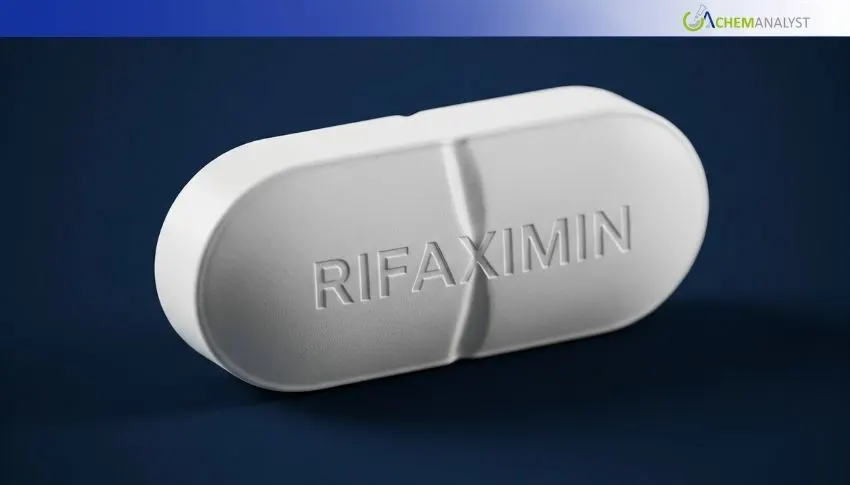Welcome To ChemAnalyst

The price of Rifaximin, an essential antibiotic, is expected to rise slightly by the end of August in the U.S. This follows a minor decline last month, influenced by trade policies and congestion at Chinese ports. On August 11, President Trump extended the U.S.-China trade agreement, stabilizing duty rates. Despite steady demand, supply chain disruptions and inflationary pressures could impact prices. Anticipated increases are linked to China's Golden Week closures, prompting market participants to adjust pricing strategies accordingly.
The price of Rifaximin, an essential antibiotic, is expected to experience a slight hike by the end of August in the United States. This predicted price action is a follow-up to a slight drop witnessed last month as a result of an interaction between trade policy, import supply chain, and persistent congestion at Chinese ports.
Rifaximin is primarily imported from China and therefore its import is influenced by trade and tariff variations. Recently, on 11 August, the President signed an executive order to renew the temporary U.S.-China trade agreement for another 90 days. Originally effective between May 14 and August 12, this agreement will now be in effect until November 10, 2025. This extension is crucial for U.S. importers, particularly in the pharmaceutical sector, as it helps stabilize duty rates on vital imports like Rifaximin.
Albeit the extension, demand for Rifaximin in August was flat and did not deviate significantly. Importers and distributors are closely monitoring trading conditions, as the continuation of the tariff cease-fire has prevented immediate price increases for Rifaximin. Nonetheless, inflationary pressures caused by tariff-related cost pressures can nevertheless impact the cost of drugs like Rifaximin in the short term. Since tariffs increase the prices of imported goods, these are typically transferred down the supply chain and eventually end up with consumers as higher prices.
Moreover, supply chain disruptions at the large Chinese ports remain. Shanghai and Ningbo ports are impacted mainly by extreme weather conditions, such as typhoons, that have caused delayed shipping schedules and port operations. These disruptions have caused overall congestion such that the movement of goods, including drugs such as Rifaximin, is slowed down within the United States.
September is regarded as an important month as it's near the festive season, but overall market conditions are tight. Pre-festive front-loading tendencies have changed established holiday pattern demand, and this has the potential to create challenges in fulfilling consumer requirements during the festive season. Nevertheless, hopes are there that shipments later in the year will drive market activity.
Currently, demand for Rifaximin remains steady, but forecasts indicate a potential increase in prices towards the end of September. This anticipated rise is attributed to China's Golden Week factory closures, during which production slows down significantly. After factories open following Golden Week, demand is set to pick up speed as supply is normalized, and this could propel Rifaximin prices. Market traders, such as distributors and importers, are likely change Rifaximin price strategies as a result of these expected developments.
We use cookies to deliver the best possible experience on our website. To learn more, visit our Privacy Policy. By continuing to use this site or by closing this box, you consent to our use of cookies. More info.
